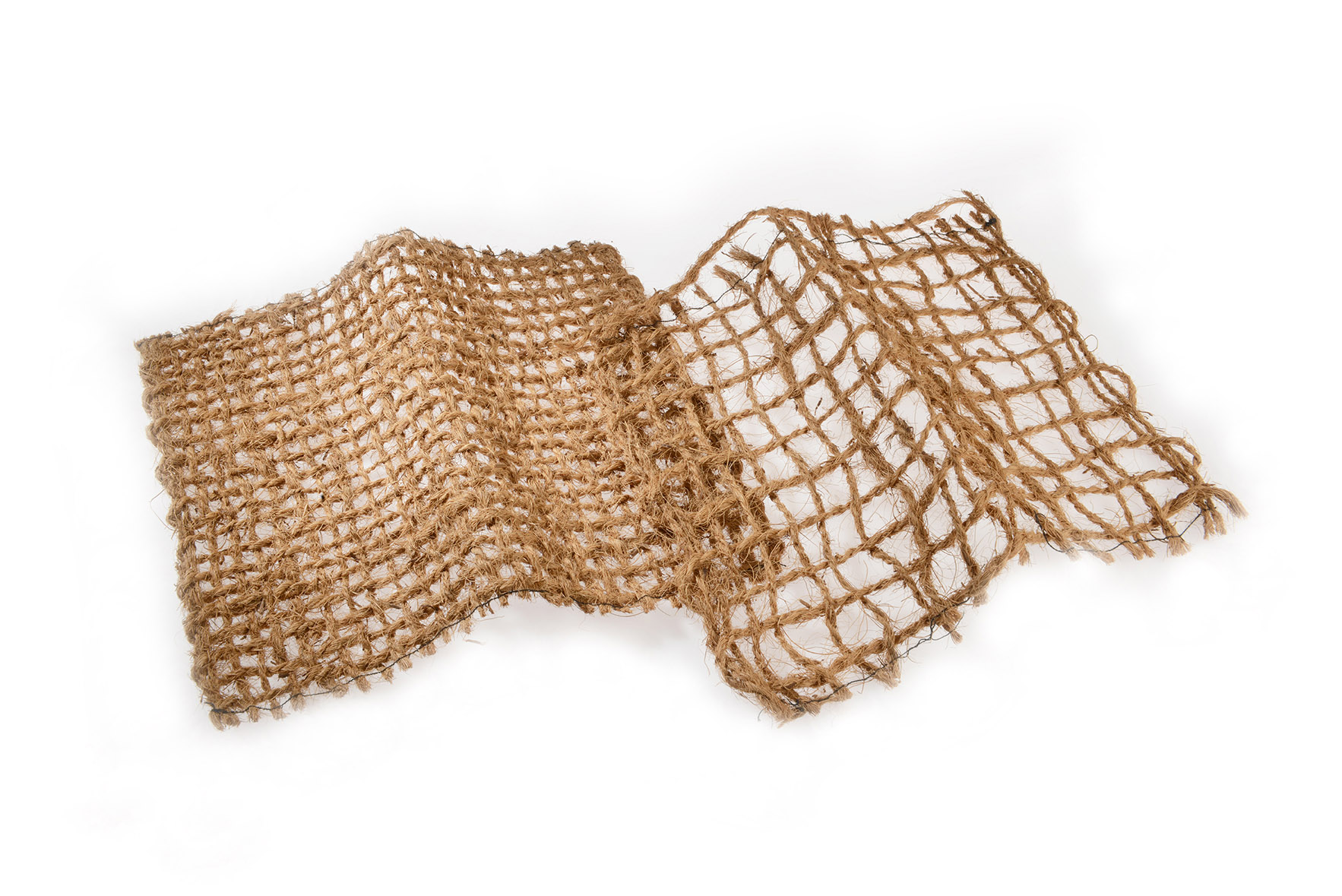Coconut fibres (Cocos nucifera), also known as “coir” in trade, are the fibres extracted from the outer shell of the coconut. The coconut palm belongs to the palm family (Palmae). The fibres from unripe fruits can be processed into yarns and then into fabrics, and are very flexible, strong and durable. They are valued above all for their insulating, sound-absorbing and anti-static properties. Moreover, the end product is difficult to ignite. The fibres are distinguished according to their length. Only around 30 % of the overall production comprises long fibres (approx. 20–25 cm), so-called bristle fibres. The shorter fibres, the so-called mattress fibres, make up some 70 % of production.
The coconut fibres contain a particularly large amount of lignin compared to other fibres, which makes them stronger (than e.g. cotton), but at the same time makes them less flexible and impossible to dye.
Production sites are located on the coast in the humid tropical regions of Asia including Sri Lanka, the Philippines, Indonesia, Malaysia and India. Sri Lanka mainly produces brown fibre, which comes from ripe coconuts. The white fibre primarily derives from India and originates from green (unripe) coconuts.
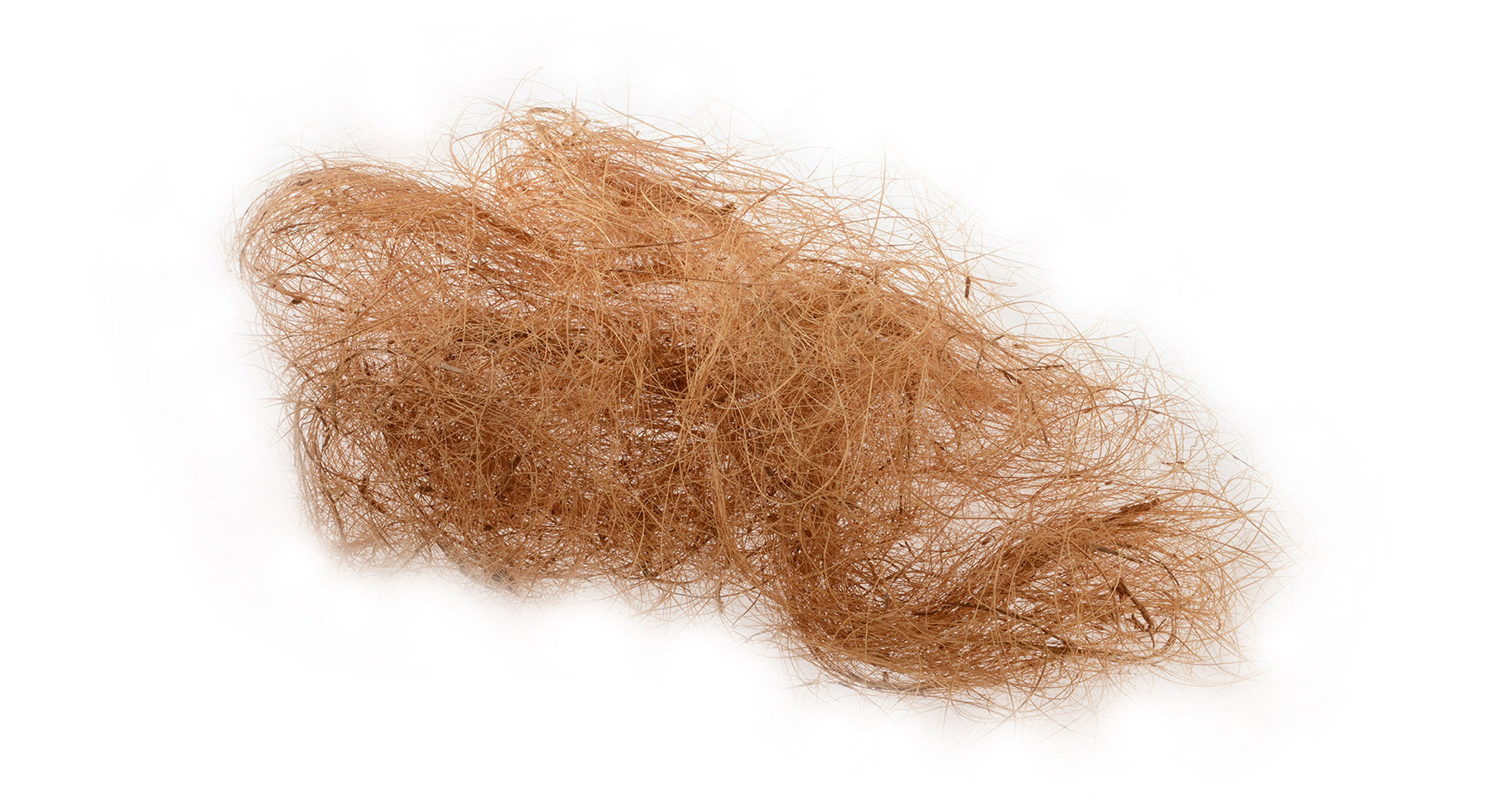
ROPES/YARNS
Coconut ropes and yarns are applied in gardening and landscaping, for example as winding tape to attach winter protection mats, trees and trellises. Coconut fibres are naturally very weather-resistant and take a long time to decompose.
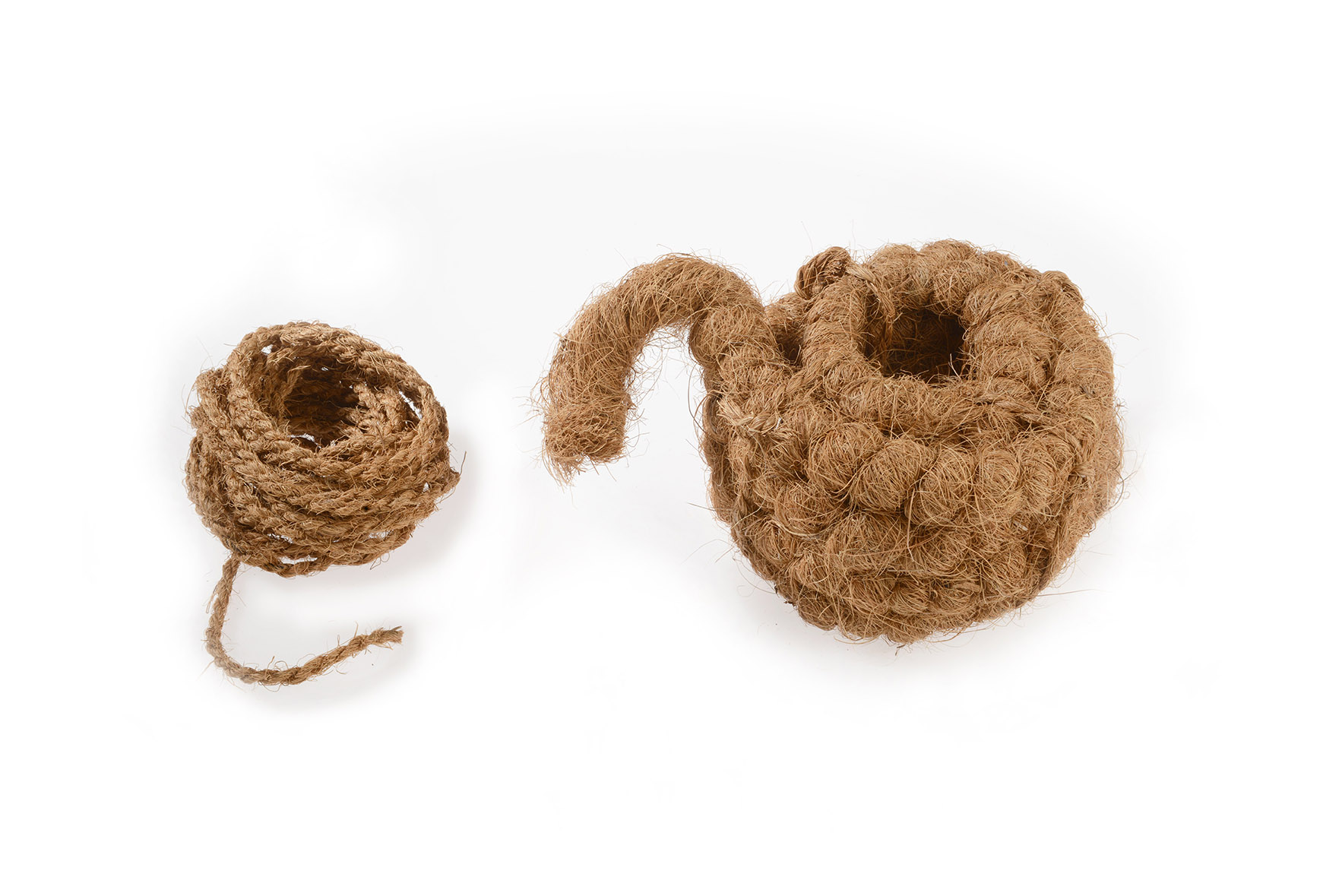
MATS
Mats made out of coconut fibres are widely used as doormats and can be found in industry, trade as well as in private households. Coconut mats also find application as protection mats for plants (winter protection mats against frost and cold) in the garden area.
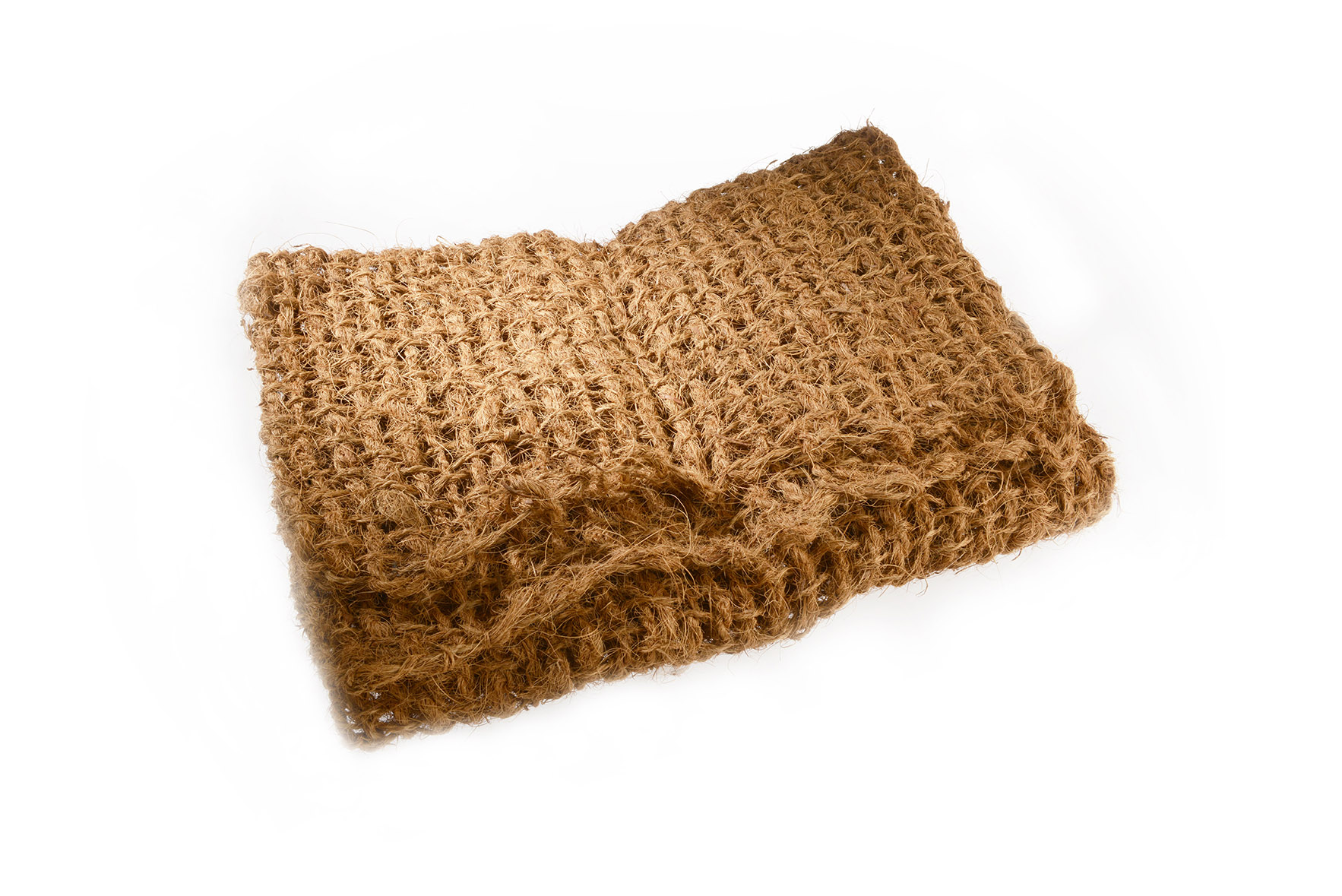
CARPETS
Carpets from coconut fibres are very hardwearing. What is more, given that coconut fibres (as with the most natural fibres) are hygroscopic, coconut carpets harmonise the indoor climate. Coconut is breathable, anti-static, sound insulating and anti-bacterial.
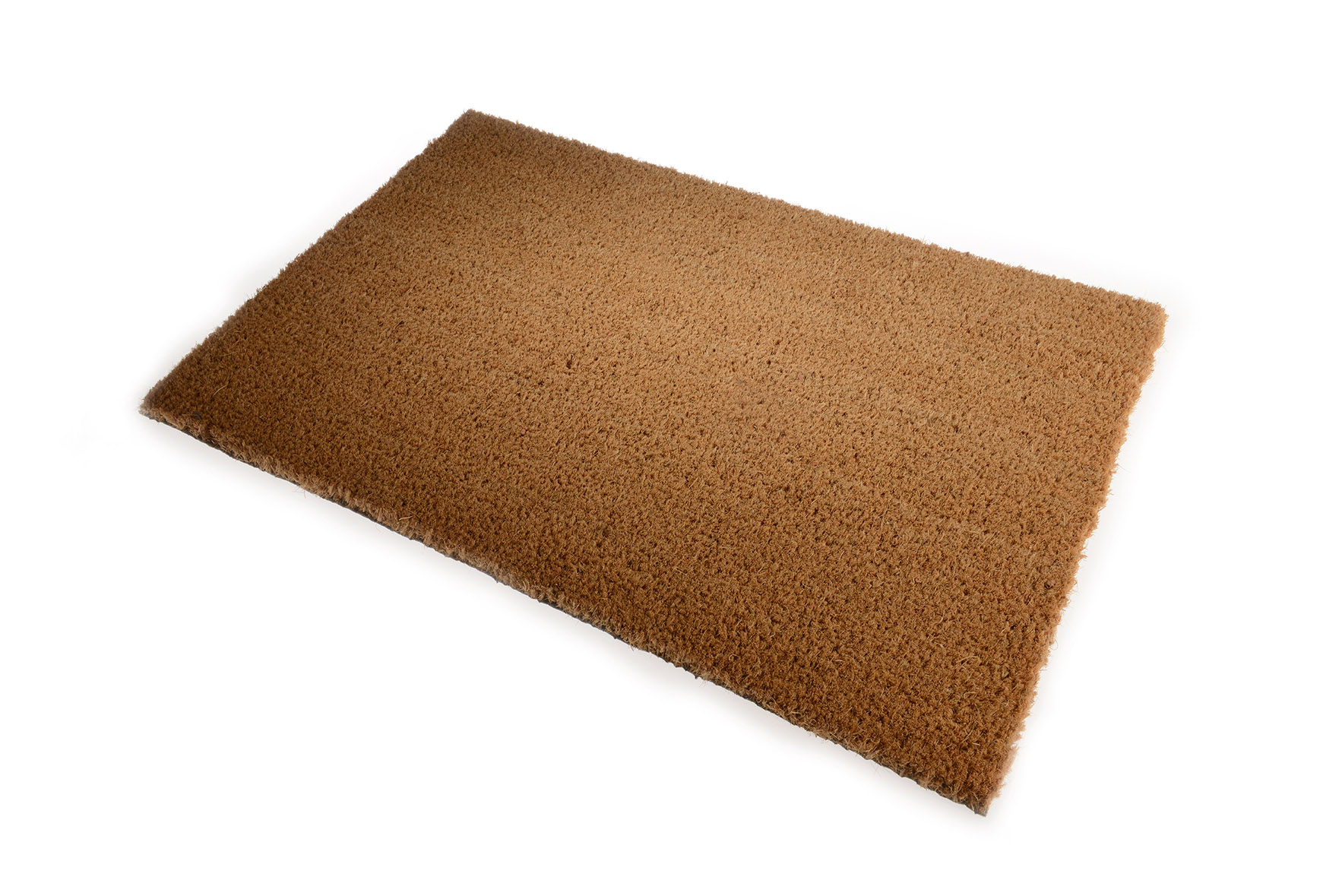
WALL CLADDING/BUILDING INSULATION
Insulation mats made from coconut fibres are characterised by their good thermal and sound insulation values. In addition, coconut is by nature difficult to ignite.
SOIL SAVER/GEOTEXTILES
Erosion protection nets from coconut disintegrate considerably slower compared to those made of jute, for instance. They can be used in land and hydraulic engineering and protect the application over a period of up to four years. Natural vegetation can develop without any disruptions during this time. The respective fabric thickness depends on the quality of the terrain. The general principle dictates that the steeper the slope, the heavier and more closely meshed the fabric should be. As mentioned above, the main areas of use are water and bank construction and includes alpine terrain, for example when redeveloping ski slopes, and for road and railway construction.
